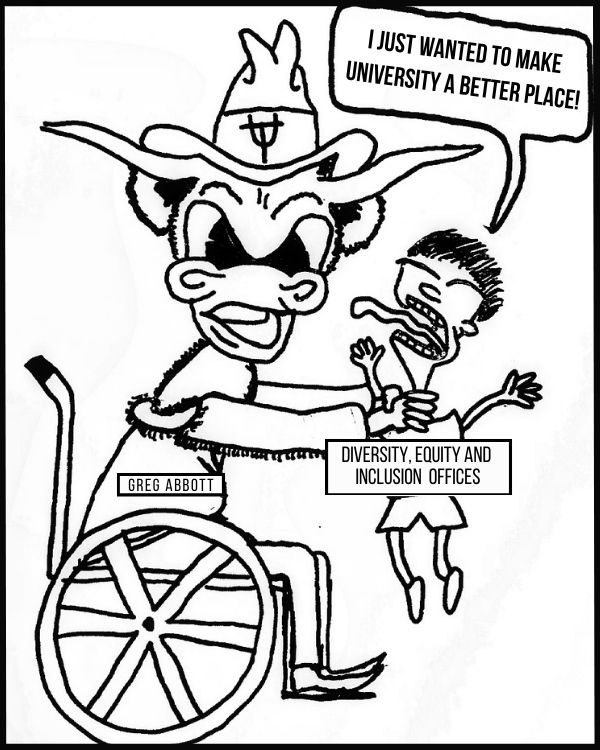One of San Antonio’s most valued resources is being flushed down toilets, showered down drains and sprayed over lawns. San Antonio and the greater Bexar County metro area are no strangers to water scarcity.
As the city’s population continues to rise, development and higher numbers of individual consumers are placing a strain on the already depleted water supply.
San Antonio receives the majority of its water from the Edwards Aquifer, which not only provides city customers with water, but also services residents of New Braunfels, San Marcos and Uvalde.
The Edwards Aquifer is one of the nation’s most productive aquifers, but that may not be enough to assuage San Antonio’s thirst.
To supplement the dwindling aquifer, the San Antonio City Council unanimously voted on Oct. 30 in favor of a controversial pipeline. The Vista Ridge Pipeline, as it is called, will pipe groundwater into Bexar County from Burleson County’s Carrizo Aquifer, which lies 142 miles to the Northeast. The project will cost an estimated $3.4 billion and is expected to pump 16 billion gallons of water into San Antonio annually.
While the council was unanimously in favor of the pipeline, the public was sharply divided. Before the vote was taken, the council listened to almost two hours of public testimony. Local environmental groups argued that the expected increase in water rates will harm low-income residents, and several Central Texas residents voiced concerns that the pipeline’s construction could damage their own resources.
However, the San Antonio Water System (SAWS) and local business leaders argued that the pipeline is the only long-term solution to ensure job growth and maintain a consistent water supply.
Councilman Ron Nirenberg, who represents UTSA’s Main Campus, voted in favor of the pipeline, citing population growth and a need to diversify water supply as his primary reasons for approving Vista Ridge.
“With this region’s reliance on the Edwards Aquifer, inevitable population growth, extended drought conditions and Texas law that treats ground water as private property of the landowner, the clock began ticking on San Antonio’s water security long ago,” Nirenberg said in a press release.
The Vista Ridge Pipeline is not only significant for San Antonio, but also represents a global demand for water that struggles to be met.
A 2012 study by the University of Florida outlined U.S. cities in danger of running out of water. San Antonio was named the number one at-risk city ahead of other major Texas cities such as El Paso and Houston, which were also high on the list.
While environmentalists raised valid objections to the pipeline’s construction, it may be too late to search for alternatives. San Antonio currently has a population of almost 1.4 million, which is expected to grow by 10 percent by 2018. When factoring in neighboring San Antonio suburbs, this number jumps to 15 percent.
San Antonio needs a long-term solution to meet the needs of its residents.
And the needs of its residents aren’t small.
A report by SAWS estimated that in 2012, households used on average 11,000 gallons of water per month. The Environmental Protection Agency estimates that the average person uses 80-100 gallons of water every day.
However, the largest consumer of water comes from the agricultural industry.
The U.S. Department of Agriculture estimates that irrigation accounts for 80 percent of the nation’s water consumption and 90 percent in western states. While it’s still important to monitor personal water usage, it only makes a dent in overall consumption. Rather than protesting Vista Ridge, environmentalists need to call on lawmakers to rethink national water usage.
The Vista Ridge Pipeline is unfair to some but unavoidable for all. Low-income residents will be disproportionately affected by higher water rates. According to SAWS, residents could see their water fees rise by 16 percent because of the project, but San Antonio is a rapidly growing city with a big thirst.
While the pipeline may not be the best plan to meet water needs, it is the best plan available. San Antonio’s water crisis is a crisis at a local, state, national and global level and demands policy solutions beyond San Antonio.

















